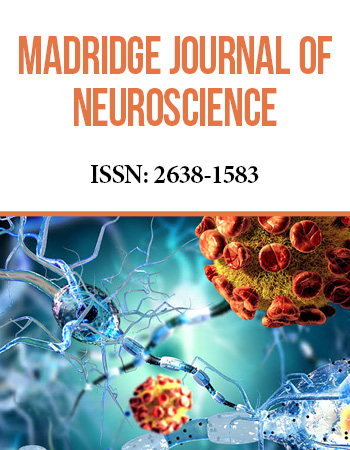International Neurology Conference
December 3-4, 2018 Valencia, Spain
Subthalamic Nucleus Single-Unit Activity during a Preference-Based Decision-Making Task
1University of Toronto, Canada
2Toronto Western Research Institute, Canada
3Hospital Universitario De San Vicente FundaciÓn, Colombia
Parkinsonʼs disease patients often present with cognitive deficits (prevalence: approximately 40%), besides the better-known motor and mood deficits. Following subthalamic nucleus deep brain stimulation (STN-DBS) patients may showcognitive decline as measured by verbal fluency and post-op MoCA test, but it is not known whether the STN is directly involved. To further understand the specific role of the STN in cognitive processes as well as to localize these functions within the STN, we monitored single unit activity during a preference-based decision-making task intraoperatively.
Microelectrode recordings were made from tracks passing through the STN of patients undergoing bilateral implantation of DBS electrodes. Two electrodes (2mm apart) were advanced and stable baseline STN activity was recordedfollowed by a preference-based decision-making task. The task consisted of 5 animal pictures with 2 pictures presented at a time, in random order. Patients were asked to pick their favorite picture each time by clicking the mouse button that corresponds to the preferred picture (e.g. right click for right picture). Once a click was made there was a 500ms blank screen delay period before the next 2 pictures showed up. Each trial consisted of 50-75 picture presentations. After the experiment was done patients were asked to rank the 5 animals on a scale of most favorite to least favorite.Results were analyzed offline using Spike2 (CED).
A total of 20 neurons from 7 PD patients and 12 different trials was analyzed (n=7). 9/12 trials were recorded from the dorsal two-thirds of the STN and 3/12 trials were recorded from the ventral third of the STN.At baseline, STN cells fired at 42.7 +/- 6.6 (+/- SEM). The 20 neurons analyzed behaved differently in response to different picture presentations. 9 neurons showed a visuosensory response (short latency increase in firing rate) to the favorite picture 0-0.2ms after the pictures were presented. 11 neurons showed an inhibitory response (short latency decrease in firing rate) to the favorite picture 0.3-0.5ms after the pictures were presented. 3 neurons showed an excitatory response to the favorite picture with a latency of 0.3-0.5ms. 6 neurons showed no response to the favorite picture presentation. All neurons tested did not respond to the non-favorite pictures. Although these are preliminary results, the subthalamic nucleus seems to be directly modulated by cognitive processes such as visual preference, and this modulation seems to be present throughout the dorsoventral extent of the STN.


